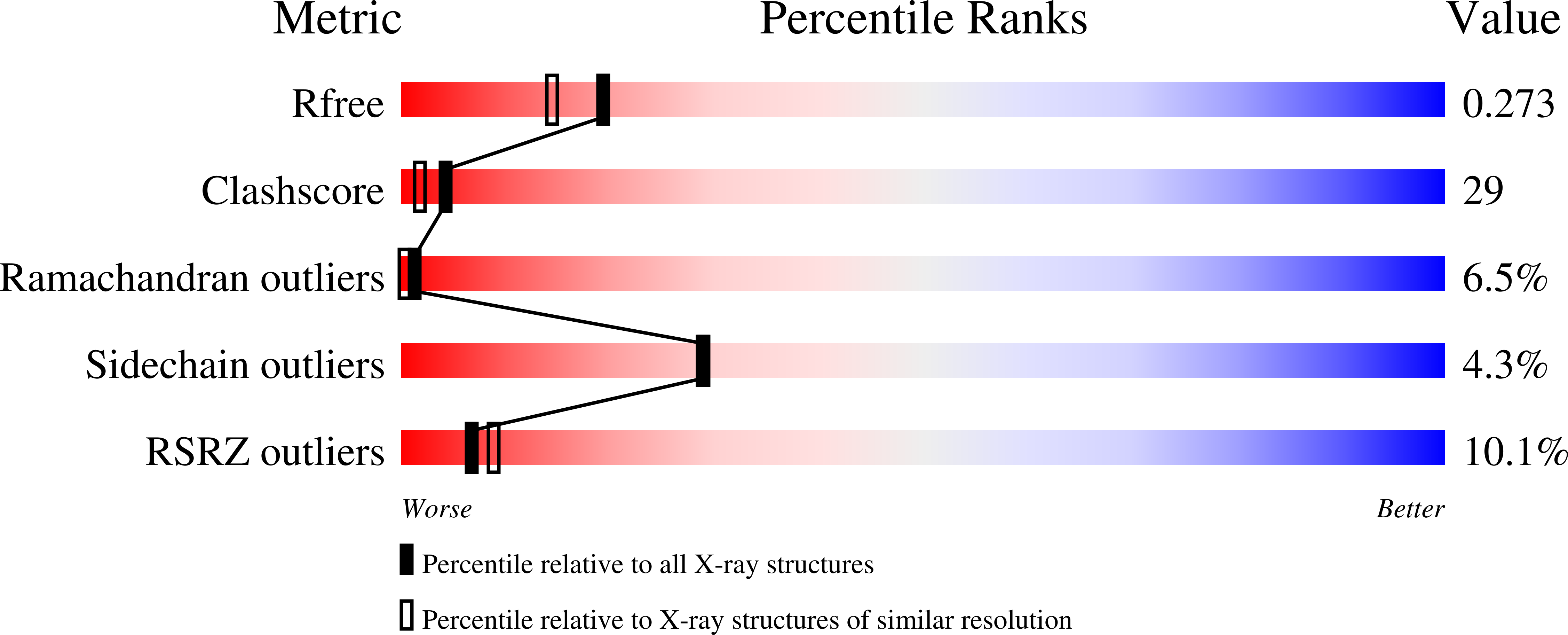
Deposition Date
2003-05-08
Release Date
2004-05-25
Last Version Date
2023-08-16
Entry Detail
Biological Source:
Source Organism:
Corynebacterium diphtheriae (Taxon ID: 1717)
Host Organism:
Method Details:
Experimental Method:
Resolution:
2.10 Å
R-Value Free:
0.28
R-Value Work:
0.24
R-Value Observed:
0.24
Space Group:
P 31 2 1


